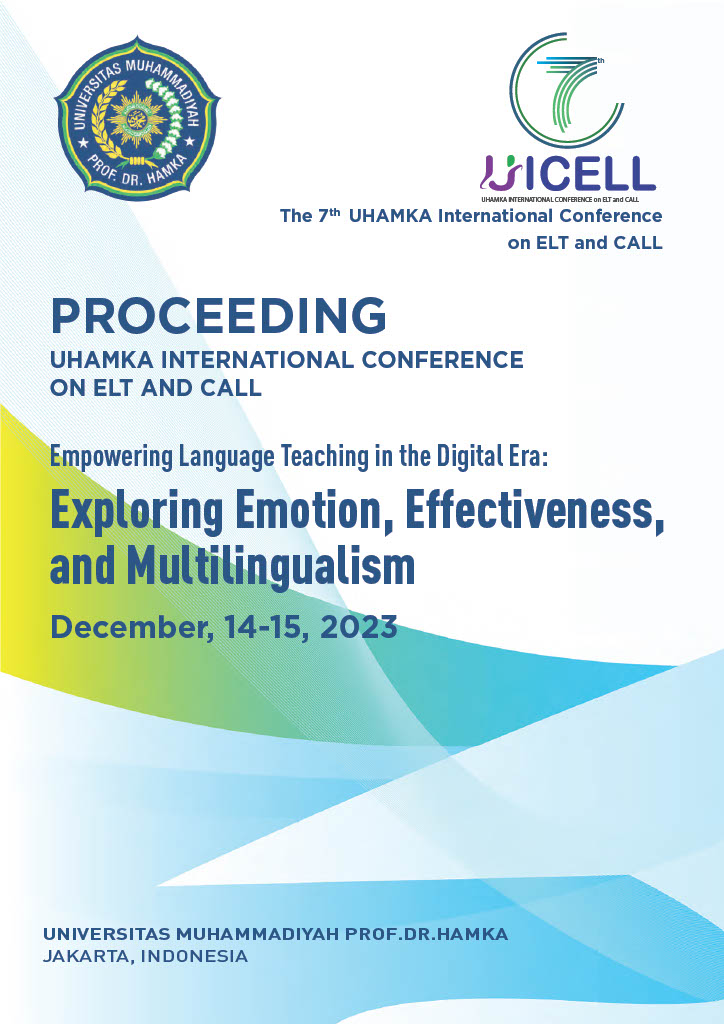MULTIMODALITY MATTERS FOR AN ENGLISH TEACHER YOUTUBER!: A SYSTEMIC FUNCTIONAL MULTIMODAL DISCOURSE ANALYSIS OF A RAMADAN VOCABULARY LESSON VIDEO
Abstract
YouTube has been one of the prominent and significant social media platforms used for many purposes in various fields in recent times, particularly without doubt in the English language teaching field too. To make use of it effectively, teacher YouTubers are required to take into account several factors. One of which is the use of more than one semiotic resource in delivering their messages. Nevertheless, to the best of the writers’ knowledge, prior studies inspecting the meanings made by a teacher YouTuber within a systemic functional multimodal discourse approach were found to be limited, particularly those that address a vocabulary lesson about Ramadan by a native teacher. Thus, the present study is intended to investigate the ways a male
native teacher YouTuber makes meanings through such a social media platform, YouTube. A systemic functional multimodal discourse analysis focused on the ideational meaning was employed to analyse the artifact, an English vocabulary lesson
video about Ramadan. Three types of semiotic resources comprising the language, gesture, and picture used by the male English native teacher YouTuber in the video lesson will be investigated. The findings reveal that the ideational meanings were realised through a number of processes or representations. The relational processes were the most frequently realisations found for language. For gestures, the ideational meanings were commonly realised through the indexical action to represent relation
and the symbolic attributive for pictures. Both co-contextualising and recontextualising relations were found among the realisations of the three semiotic resources. It was highly recommended that the use of more than one semiotic resource
was employed so as to make the messages were intelligible and accessible.
Keywords: Gesture, Image, Speech, Systemic Functional Linguistics, Systemic Functional Multimodal Discourse Analysis


